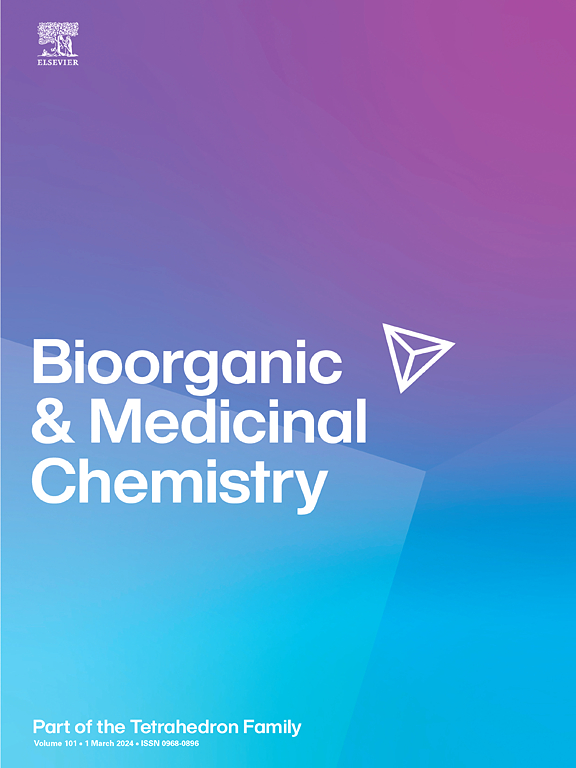Rapid detection of hydrogen sulfide utilizing dinitrophenyl ether-based fluorescent probes incorporating aldehyde functional groups
IF 3
3区 医学
Q2 BIOCHEMISTRY & MOLECULAR BIOLOGY
引用次数: 0
Abstract
Hydrogen sulfide (H2S) plays a crucial role in the regulation of various physiological processes within living organisms, including cell signaling, vascular tone modulation, and the inflammatory response. The real-time detection and visualization of H2S levels in practical samples hold significant importance for biological analysis. In this study, 3-(benzo[d]thiazol-2-yl)-5-bromo-2-(2,4-dinitrophenoxy)benzaldehyde (DTBH) was designed and synthesized based on the mechanism of excited state intramolecular proton transfer (ESIPT). The probe employs a 2,4-dinitrophenyl ether with an ortho-aldehyde group as the reaction site to test H2S. As a result, it exhibits an ultrafast response to H2S within only 5 s and demonstrates high absolute fluorescence quantum yield (Φfl) up to 17.63 %. Moreover, DTBH interacts with H2S to release its precursor DTB, which leads to a marked enhancement in fluorescence emission with 542 nm. DTBH shows high sensitivity and excellent selectivity for H2S over various other analytes. Significantly, the biological imaging investigations in cells demonstrated that DTBH could image endogenous and exogenous H2S and provide a promising method for the detection of H2S in biological systems.

含醛官能团的二硝基苯醚荧光探针快速检测硫化氢
硫化氢(H2S)在生物体内各种生理过程的调控中起着至关重要的作用,包括细胞信号传导、血管张力调节和炎症反应。实际样品中H2S水平的实时检测和可视化对生物分析具有重要意义。本研究基于激发态分子内质子转移(ESIPT)机理,设计合成了3-(苯并[d]噻唑-2-基)-5-溴-2-(2,4-二硝基苯氧基)苯甲醛(DTBH)。探针采用2,4-二硝基苯醚和邻乙醛作为反应位点来检测H2S。结果表明,该材料在5 s内对H2S具有超快的响应,并且具有高的绝对荧光量子产率(Φfl),高达17.63%。此外,DTBH与H2S相互作用释放其前体DTB,导致542 nm的荧光发射明显增强。DTBH对H2S具有较高的灵敏度和较好的选择性。值得注意的是,细胞内的生物成像研究表明,DTBH可以对内源性和外源性H2S进行成像,为生物系统中H2S的检测提供了一种很有前景的方法。
本文章由计算机程序翻译,如有差异,请以英文原文为准。
求助全文
约1分钟内获得全文
求助全文
来源期刊

Bioorganic & Medicinal Chemistry
医学-生化与分子生物学
CiteScore
6.80
自引率
2.90%
发文量
413
审稿时长
17 days
期刊介绍:
Bioorganic & Medicinal Chemistry provides an international forum for the publication of full original research papers and critical reviews on molecular interactions in key biological targets such as receptors, channels, enzymes, nucleotides, lipids and saccharides.
The aim of the journal is to promote a better understanding at the molecular level of life processes, and living organisms, as well as the interaction of these with chemical agents. A special feature will be that colour illustrations will be reproduced at no charge to the author, provided that the Editor agrees that colour is essential to the information content of the illustration in question.
 求助内容:
求助内容: 应助结果提醒方式:
应助结果提醒方式:


